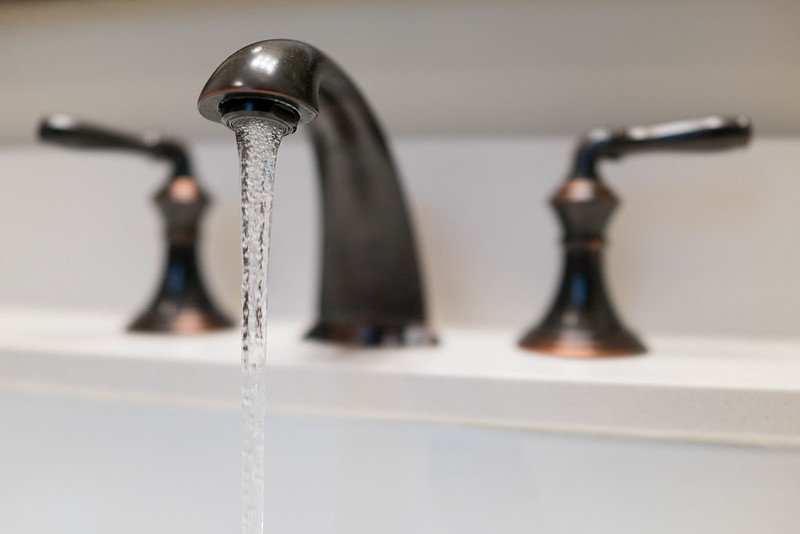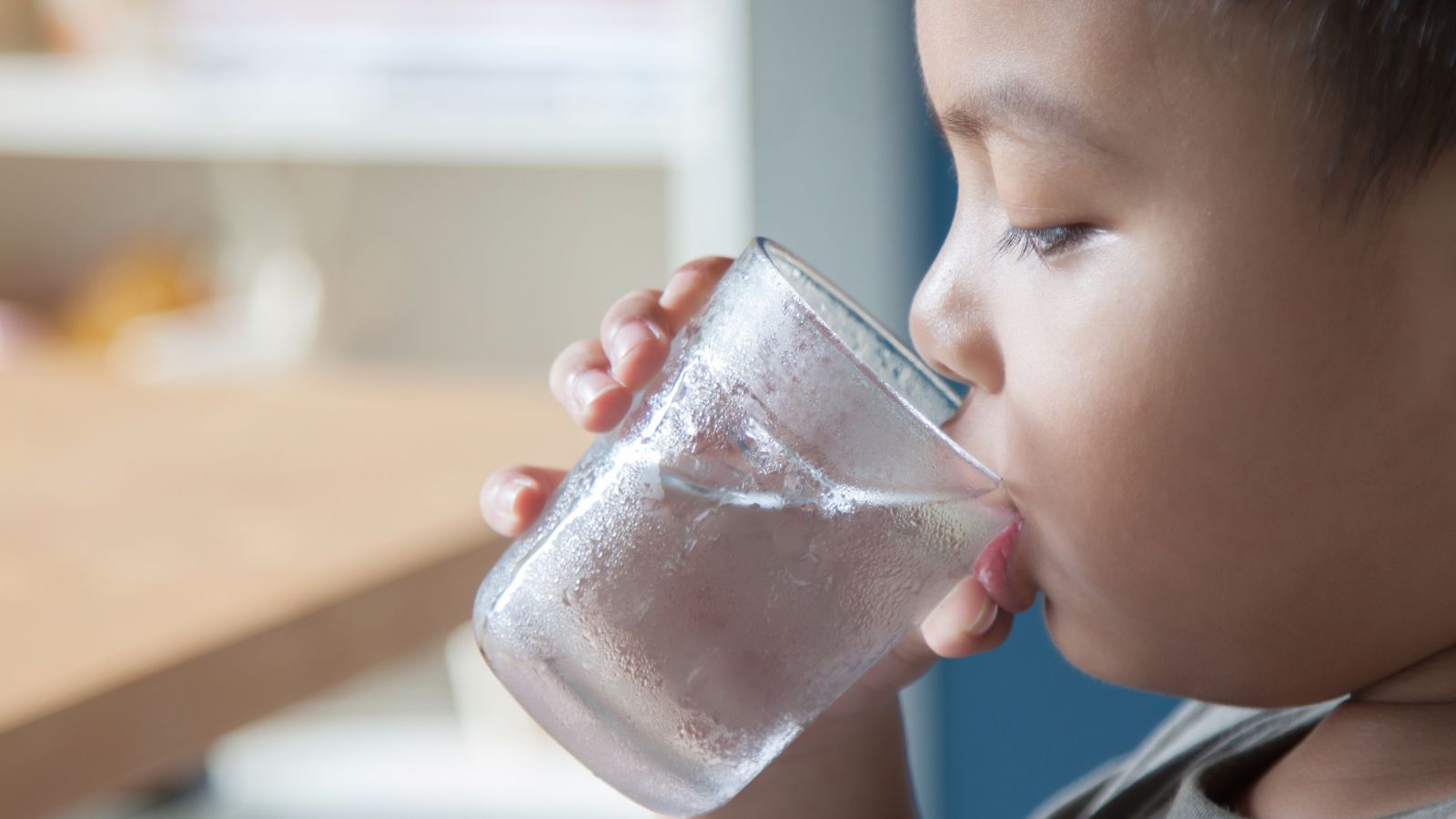
Public Comments: Proposed Off-Gassing Regulation Changes
Did you know that Maryland's air quality is one of the worst in North America? Much of our state's ground level pollution is made up of toxic VOCs, or off-gassing. This year, the Maryland Department of the Environment (MDE) proposed adopting an updated rule for Volatile Organic Compound (VOCs), which would apply to Maryland commercial and household products and would reduce off-gassing in the state by a projected 6.1 million tons per day. If approved, the regulations will be submitted to the EPA for approval as part of Maryland’s State Implementation Plan to further reduce ground level pollution.
COMAR 26.11.32 – Control of Emissions of Volatile Organic Compounds from Consumer Products

Maryland Public Interest Research Group
May 22, 2016
RANDY E. MOSIER
Division Chief, Air Quality Regulations Division
MARYLAND DEPARTMENT OF THE ENVIRONMENT
1800 Washington Boulevard, STE 730
Baltimore, Maryland 21230-1720
PUBLIC COMMENTS: PROPOSED REGULATORY CHANGES
COMAR 26.11.32 – Control of Emissions of Volatile Organic Compounds from Consumer Products
Dear Mr. Mosier,
Thank you for the opportunity to submit public comments regarding your Department’s proposed regulatory changes limiting volatile organic compounds (VOCs) in consumer products. On behalf of thousands of citizen-members throughout Maryland, the Maryland Public Interest Research Group (PIRG) commends the revised regulations as another important step toward improving our state’s air quality.
As you know, VOCs are a precursor to ground level ozone, the main component of smog. Because ground level pollution contributes to health issues in both healthy and susceptible communities, such as children and the elderly, VOCs are a major public health concern. In fact, non-white and low-income populations are more frequently exposed to ground level ozone, resulting in the highest risk for developing – or worsening – severe respiratory problems.[i]
Despite your Department’s commitment to curbing pollution through emissions regulations such our state’s current VOC limits, Maryland’s air quality remains one of the worst in North America.[ii] As of 2010, 16.4% of children in Maryland were reported to have suffered from asthma, compared to a national rate of 12.6%. In the United States as a whole, the prevalence of children with asthma has more than doubled since 1980, with 30 million adults and 10 million children in the U.S. suffering from asthma.[iii] Low air quality remains a primary concern for both this generation and the next.
As concerned members of the public, we acknowledge the Department’s previous efforts to reduce air pollution through NOx emissions regulations. The proposed regulatory changes represent a welcome expansion of scope and focus on behalf of the Department and serve to further reduce hazardous air pollution in Maryland. We expect the Department to continue working on all fronts to preserve and improve air quality, including by regulating and monitoring ozone and the five other pollutants considered hazardous for health and environment under the Clean Air Act: particulate matter, nitrogen oxides, carbon monoxide, sulfur dioxide and lead.[iv]
As stated, we commend the Department’s efforts to tighten VOC standards for certain consumer products sold, supplied, offered for sale, or manufactured for sale in the state of Maryland beginning on the proposed effective date. However, we request that the updated rules apply explicitly to both household and consumer products, as originally intended by the Department of the Environment. In addition, we request that the Department honor the intended effective date of January 1st, 2017, which provides industry with opportunity to adjust both research and development of low-VOC manufacturing formula, as well as distribution mechanisms for state-level variations in VOC restrictions.
As an organization of citizen members concerned with the health of their families both at home and at work, we see the need for further VOC restrictions in a variety of products. Although nearly 80% of consumer products are covered under the California Air resources Board (CARB) -inspired Ozone Transport Commission (OTC) model rule from 2001 (revised in 2006), the type of VOCs restricted by the Department’s proposed rule apply to a category collectively making up just 28% of total VOC emissions in certain areas of the OTC.[v] We therefore anticipate further regulatory updates addressing VOC limits for a broader range of categories, including VOCs resulting from fuel combustion and off- and on-road mobile sources.
In the spirit of transparency, we request the Department’s continued support of the EPA’s mandated emissions-reporting by states and manufacturers. Further, we expect the Department to make publicly-accessible the enforcement results and overall emissions data collected at the state level, accompanied by progress reports and analysis to educate susceptible populations of the hazards associated with manufacturing and VOCs. Because ozone pollution levels are directly impacted by weather patterns, we request that the Department make every effort to inform the public of changing weather and pollution trends in order for Marylanders to take proper precautions for outdoor work and play;[vi] in addition, we expect the Department to contextualize VOC emissions restrictions amidst the broader impacts of climate change on air quality: According to the Obama Administration’s newly released report on climate change and public health, air pollution will likely increase as climate change increases, worsening allergies and asthma.[vii]
In addition to ground level pollution concerns, VOC emissions represent safety concerns through chemical compound exposure. Because VOCs include known carcinogens such as formaldehyde, restricting the percentage of VOCs by product weight is especially important for the health of consumers.[viii] We applaud the regulatory categories relating to cleaning supplies, to which children and childcare providers are especially susceptible and to which they are exposed in day care centers, schools, doctor’s offices, and at home.[ix] In particular, we commend the newly-created category limits for dual purpose air fresheners/disinfectants, and aerosol and non-aerosol disinfectants and sanitizers, as well as the reduced limits for bathroom and general purpose cleaners. In addition, we welcome the strengthened limits for personal care products, such as shaving gels and nail polish removers, and we anticipate future regulatory adjustments to improve the safety of more such products, which are used consistently across all demographics.
The projected VOC daily emissions reduction of 6.1 tons is a significant step toward improving air quality, and we eagerly anticipate the EPA’s approval of the updated regulations to be incorporated into Maryland’s State Implementation Plan (SIP) for further pollution reduction; however, as you know, the updated rules are not projected to result in attainment of the EPA’s updated (2015) national ambient air quality standards (NAAQS) for our state’s air quality, under which only 52% of days in the past decade had ‘good’ air quality.[x]
In order to further protect the disparate communities of this generation and the next, it is imperative that the Department continue to reduce pollution through regularly updated and revised emissions rules such as those proposed, which allows Maryland to serve as a leader for both public health and the environment.
In summary, we commend the Department and the State of Maryland for:
- Leading the way toward cleaner air as only the third OTC state to adopt the 2014 model VOC rule;
- Committing to improving air quality for the disparate communities of this generation and the next;
- Expanding the scope and focus of air quality improvement to include 6.1 tons in projected daily VOC emissions reductions;
- Proposing to strengthen existing and create new VOC limits in several product categories, particularly those of cleaning supplies and personal care products; and
- Submitting for EPA approval the revised emissions regulations to be incorporated into Maryland’s SIP for further air quality improvement under the 2015 updated standards.
In addition, we request that the Department:
- Explicitly apply the proposed regulatory changes to both household and commercial products;
- Honor the proposed timeline with an effective date of January 1st, 2017;
- Continue to work on all front to address ground level ozone, including by regulating and monitoring ozone and the five other main pollutants;
- Regularly update VOC limits addressing more consumer product categories, as well as a broader range of VOC types, such as fuel combustion and off- and on-road mobile emissions;
- Make publicly-accessible enforcement and general data collected at the state level with regard to VOC emissions levels and precautionary information; and
- Contextualize ground level pollution amidst the broader impacts of weather patterns and climate change on air quality and public health.
We are pleased to submit these comments to you during the public comment period, and we look forward to working with the MDE through the remaining process of updating the regulations under COMAR 26.11.32. Please feel free to contact us with questions or comments at (410)-467-9389.
Sincerely,
Juliana Bilowich
Public Health Organizer, Maryland PIRG
[i] The Health Impacts of Climate Change on Americans June 2014 https://www.whitehouse.gov/sites/default/files/docs/the_health_impacts_of_climate_change_on_americans_final.pdf
[ii] The North American Mosaic: An Overview of Key Environmental Issues – Ground-level Ozone The Commission for Environmental Cooperation
[iii] Asthma in Baltimore, Baltimore City Health Department, http://health.baltimorecity.gov/node/454 Our report: An Unnecessary Burden: Indoor Chemical Exposure and Asthma, Maryland PIRG Foundation, December, 2013. http://marylandpirg.org/reports/mdp/unnecessary-burden;
Cheryl De Pinto, MD, MPH; Yvette McEachern, MA; Rachel Hess-Mutinda, MSW; Linda Nwachukwu, MPH 2008. MARYLAND ASTHMA SURVEILLANCE REPORT. Maryland Department of Health and Mental Hygiene Family Health
[iv] EPA National Ambient Air Quality Standards – Scientific and Technical Information https://www3.epa.gov/ttn/naaqs/standards/ozone/s_o3_index.html
[v] EPA emissions inventory for New England, https://www3.epa.gov/region1/airquality/piechart.html
[vi] Maryland Department of the Environment: Air Quality Facts http://mde.maryland.gov/programs/Air/AirQualityMonitoring/Pages/AQFacts.aspx
[vii] The Impacts of Climate Change on Human Health in the United States: A Scientific Assessment, April 2016
[viii] Minnesota Department of Health: Volatile Organic Compounds in Your Home http://www.health.state.mn.us/divs/eh/indoorair/voc/
[ix] Environmental Working Group (EWG) 2009 Report: Green School Cleaning Supplies = Fresh Air + Healthier Kids; New Research Links School Air Quality to School Cleaning Supplies http://static.ewg.org/reports/2009/school_cleaners/EWG-School-Cleaning-Supplies.pdf?_ga=1.94724120.582447074.1454708846
[x] Maryland Department of the Environment Air Quality Facts: New Ozone Standard and Revised Air Quality Index
Topics
Find Out More


Got PFAS?

Has PFAS contaminated your beach?
